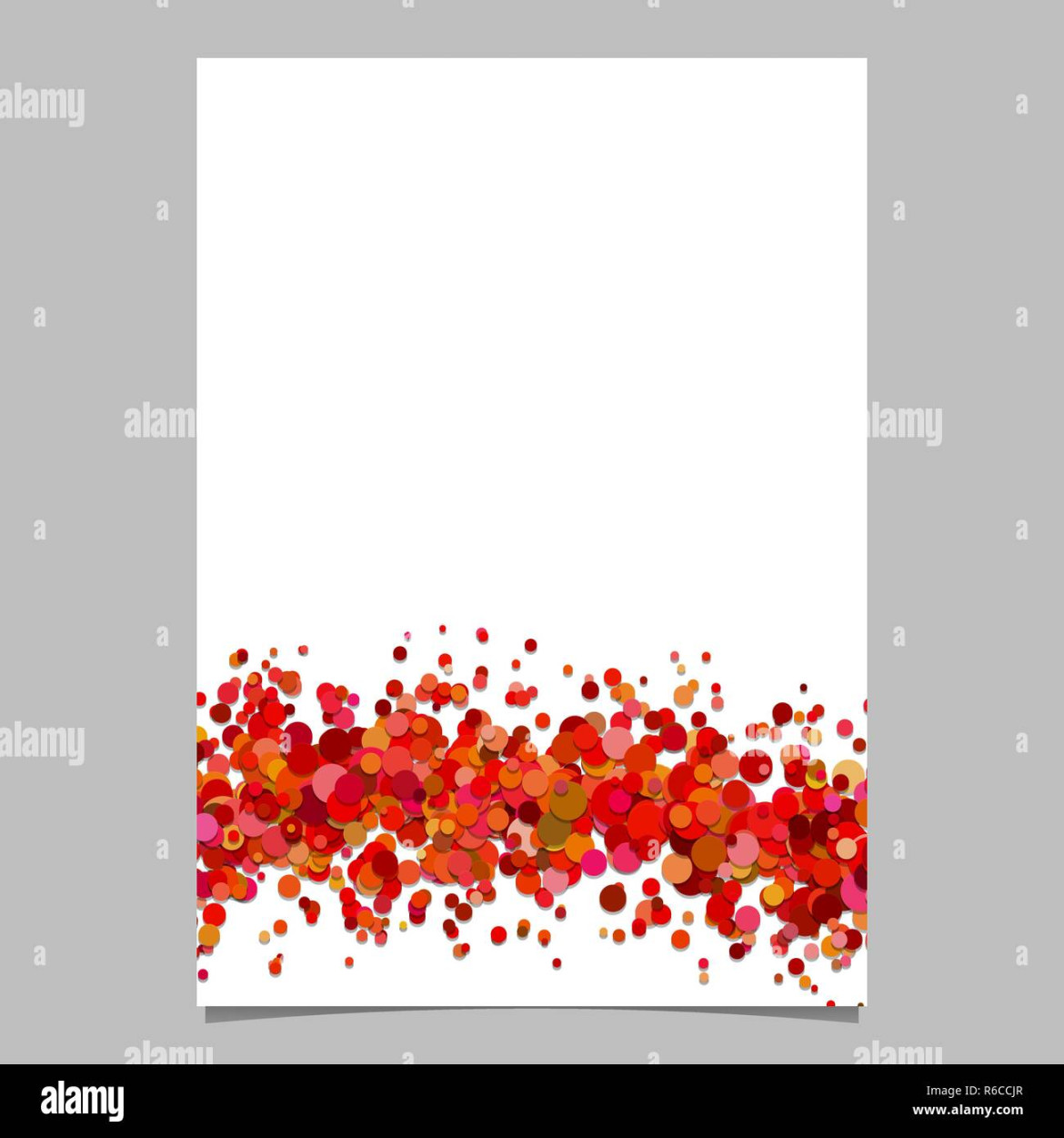Blank Templates for Flyers are essential tools for businesses and individuals seeking to promote products, services, or events. These customizable templates offer a structured framework that allows you to incorporate your unique branding and messaging effectively. By carefully considering the design elements that convey professionalism and trust, you can create flyers that capture attention and drive engagement.
Font Selection

Choosing the right font is crucial for establishing a professional and credible tone. Opt for fonts that are clean, legible, and easy to read. Serif fonts, such as Times New Roman or Garamond, exude a classic and formal appearance, while sans-serif fonts like Arial or Helvetica provide a modern and contemporary feel. Consistency is key; stick to a maximum of two fonts throughout your flyer to maintain a cohesive aesthetic.
Color Palette
A well-chosen color palette can significantly impact the overall impression of your flyer. Consider your brand’s colors and choose a scheme that complements them. Avoid using too many colors, as this can create a cluttered and overwhelming design. Stick to a limited palette of two or three colors to maintain a clean and professional look.
Layout and Composition
The layout of your flyer plays a vital role in guiding the viewer’s eye and conveying your message effectively. A balanced composition ensures that all elements are visually appealing and easy to read. Use grids or guides to create a structured layout and maintain alignment. Consider the hierarchy of information and prioritize the most important elements by placing them prominently.
Imagery
High-quality imagery can enhance the visual appeal of your flyer and reinforce your message. Choose images that are relevant to your content and align with your brand’s aesthetic. Ensure that the images are clear, well-composed, and free from distractions. If you’re unable to obtain original images, consider using stock photography from reputable sources.
Whitespace
Whitespace, or negative space, is the area between elements on your flyer. It plays a crucial role in creating a clean and uncluttered design. Use whitespace to separate different sections and improve readability. Avoid cramming too much information onto a single page, as this can make the flyer difficult to navigate.
Call to Action
A clear and compelling call to action (CTA) is essential for guiding viewers to take the desired action, whether it’s visiting your website, attending an event, or making a purchase. Place your CTA prominently on the flyer, using a contrasting color or font to make it stand out. Keep the CTA concise and action-oriented.
Proofreading and Editing
Before finalizing your flyer, carefully proofread and edit the content to ensure accuracy and clarity. Check for spelling and grammar errors, and make sure that the information is consistent with your brand messaging. A well-edited flyer reflects professionalism and attention to detail.
Printing and Distribution
Once you’re satisfied with the design, choose a high-quality printing method that suits your budget and needs. Consider factors such as paper weight, finish, and printing process. Distribute your flyers in strategic locations where your target audience is likely to see them. This could include local businesses, community centers, or online platforms.
By carefully considering these design elements and following best practices, you can create professional blank templates for flyers that effectively communicate your message and drive engagement. Remember, a well-designed flyer is a valuable marketing tool that can help you achieve your goals.